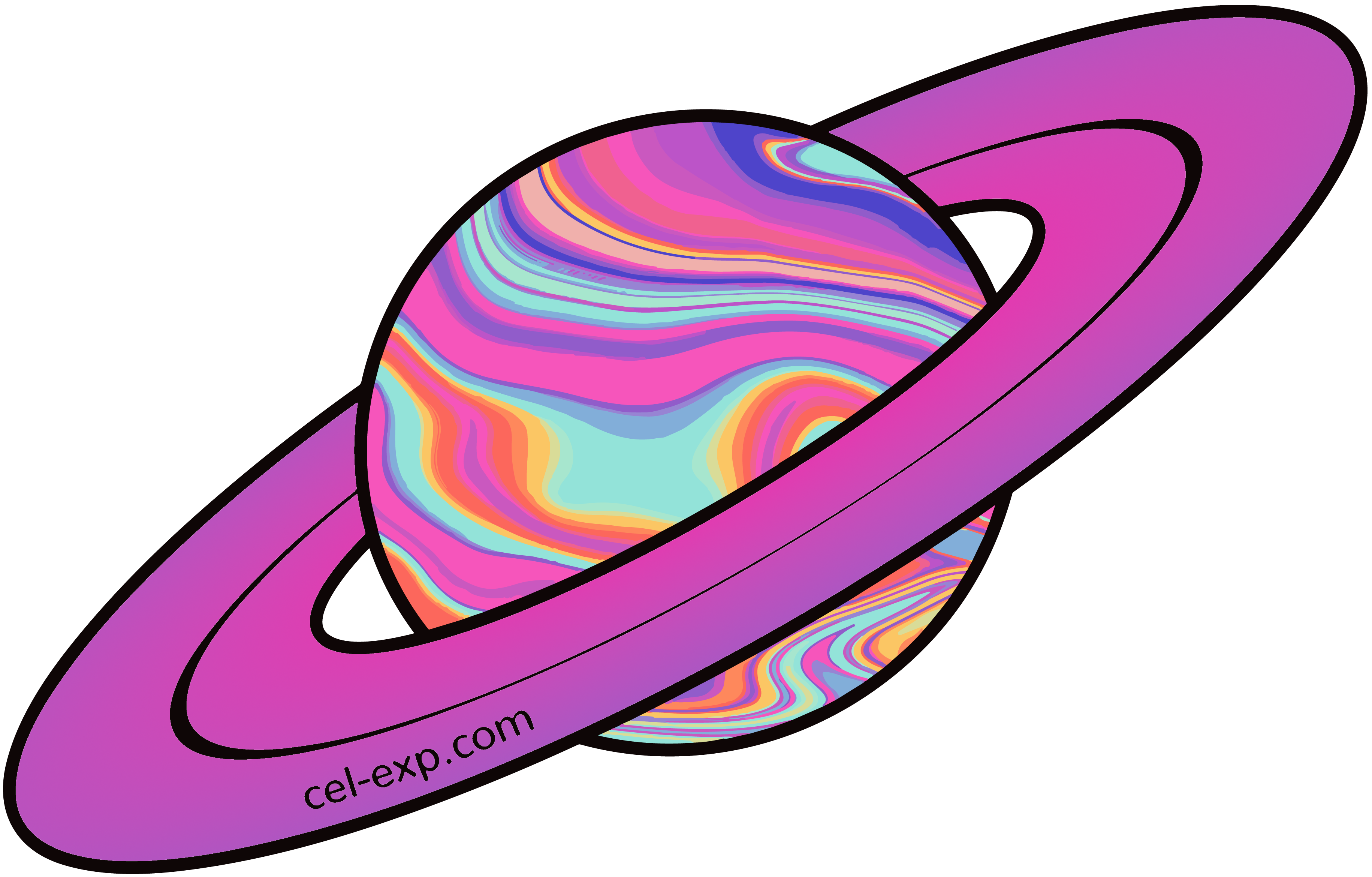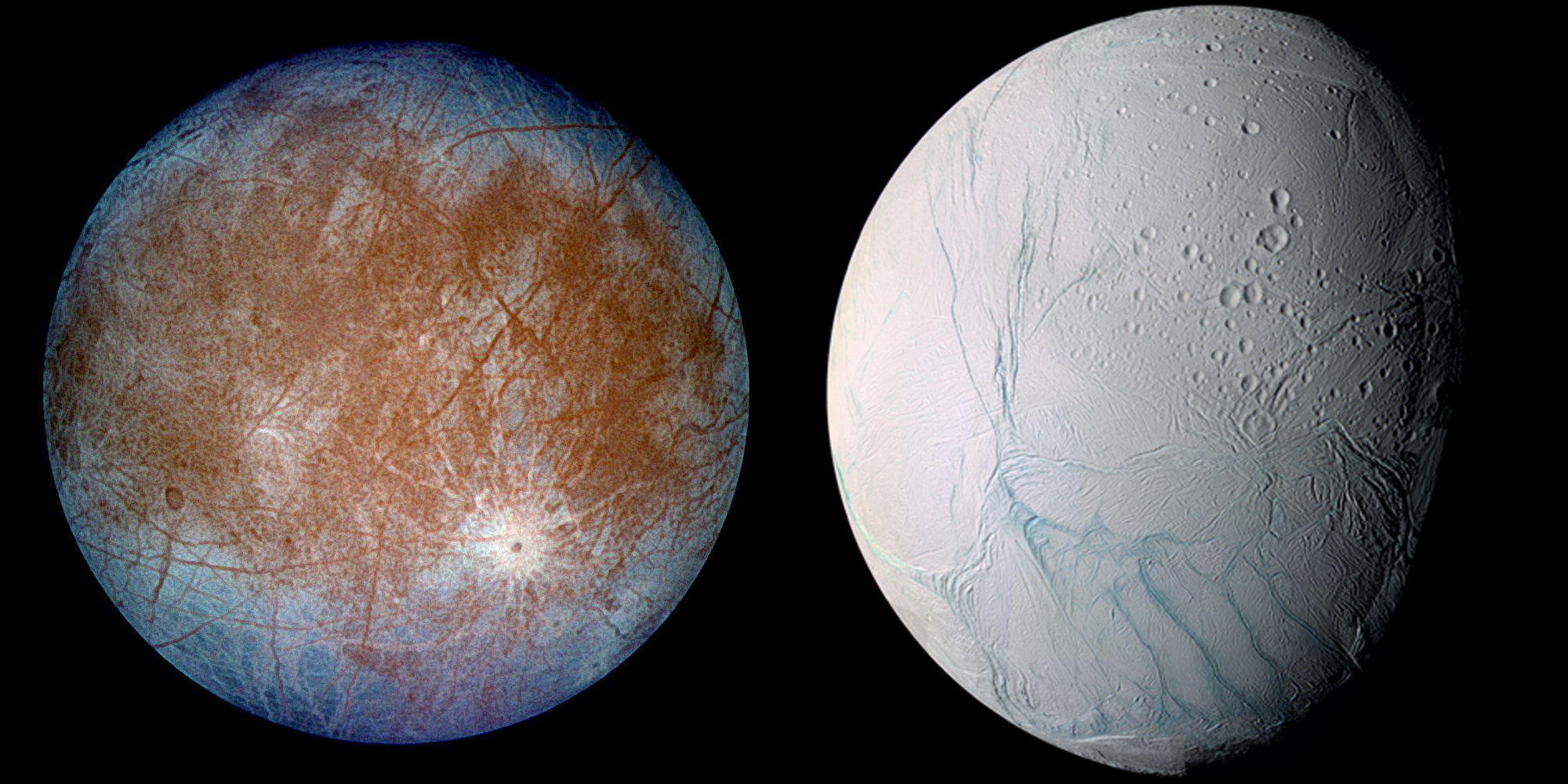Jupiter’s moon Europa was chosen for a future NASA flagship mission back in the 90s, but by the time the mission was in development, another moon, Saturn’s Enceladus, could have been swapped out as a potentially better option. Scientists hoping to study both with a followup mission to Enceladus made a bad gamble, as NASA will probably reduce science funding in the next decade in favor of developing technology for their goal of beating China to Mars–dashing hopes to study Enceladus any time soon.

After decades of speculation that an alien race of Martians built extensive canal systems on planet’s surface, and further decades of disappointment when discoveries showed how barren the Red Planet actually is, researchers finally discovered evidence of ancient oceans on Mars in 1991 (1). This sparked hope in the hearts of planetary scientists, who advocated for a modern search for ancient life on the red planet. Over the past 3 decades, we have sent numerous satellites and rovers investigating just about everything possible, but we still haven’t found any evidence of life. Now, astrobiologists–the scientists who research the conditions for life on distant worlds–are setting their sights on more promising Solar System bodies.
Following the discoveries made by the Galileo mission to Jupiter in the late 90s, Jupiter’s 4th largest moon, Europa, was chosen as the object to be studied by a future NASA flagship mission to the outer solar system. In 2012, astrobiologists were thrilled when the Hubble Space Telescope discovered plumes of water being ejected from a subsurface ocean beneath the thick water-ice crust of the moon. The presence of liquid water is considered one of the basic, necessary criteria for the possibility of extraterrestrial life, and scientists were eager to explore the slushy moon in more detail to see if it had the other criteria and therefore the potential for life. At this point, NASA finally had enough information to design the mission, determine the budget, and get going on the project, dubbed the Europa Clipper.
“While Europa Clipper is not a life-detection mission, it will conduct detailed reconnaissance of Europa and investigate whether the icy moon, with its subsurface ocean, has the capability to support life. Understanding Europa’s habitability will help scientists better understand how life developed on Earth and the potential for finding life beyond our planet.” Jay R. Thompson, official NASA science writer for the mission (2).
The $4.2 billion mission will be the next big step in our search for life in the Solar System. Never before has a mission had the primary goal of studying a moon of another planet. Up until now, the top priority was reserved for the parent planet. With the spacecraft currently being assembled, and a launch planned for late 2024, the mission is nearly ready to start its long journey to Jupiter. However, scientists are now wondering if Europa was actually the best choice for this mission.
Some astrobiologists have argued that the more reasonable choice for this slot would have been to study Enceladus, a moon of Saturn very similar to Europa, but more extensively studied. Discoveries made by the Cassini spacecraft in 2006, 2009, and 2011 showed Enceladus not only had a subsurface ocean like Europa, but also met the other base criteria for the potential for extraterrestrial life. Even now, Europa is not known to meet these conditions. The Europa Clipper mission is not looking for life, it is looking to see if all the basic, life-supporting conditions are present. If all those conditions are found, a follow-up mission would then be needed to focus on the search for life. However, if we had designed a mission for Enceladus, we could have skipped straight to the much more exciting search-for-life mission.
In 2011, the Europa mission had not been finalized in the least, with the plumes not even discovered yet. At this point, scientists definitely had the opportunity to change the focus of the mission to Enceladus. Instead, it is speculated (3) (4) that scientists chose the cheapest, quickest option for the Europa mission, which had already made it through many stages of approval, with hope for quicker follow-up missions to actually search for life on the two moons. Unfortunately, the next decade will see a large shift in focus for NASA, culminating in a manned mission to Mars. In addition, the recent $10 billion deep-space James Webb Space Telescope and $4 billion Europa Clipper both went over budget by billions of dollars. Because of this unplanned spending on science missions, exploratory research will be taking a backseat to the much more costly development of manned missions that NASA has planned. With the next-generation, heavy-lift rocket, the Space Launch System in it’s very last stage of testing, NASA is on track toward its stated goals of returning humans to the Moon by 2026 and venturing to Mars in the 2030s. I see these missions taking the majority of the budget, man-power, and political interest in the coming years. Space geeks may have been excited about the Europa Clipper mission for years, but the whole world will be watching whoever is first to set foot on Mars. If the US wants to beat China to the red planet, we are going to have to focus all our resources on this unprecedented goal (read my last article to catch up on why I think Congress isn’t taking this goal seriously enough).
In the end, the mission to Europa should bring incredible discoveries and deepen our understanding of planetary science and astrobiology, but if you were hoping for headlines about the discovery of life on another world, you’ll have to wait for the race to Mars to wrap up.


Fascinating information that isn’t well known. Thank you for keeping informed on space exploration.
This is such a cool topic that I didn’t know was even something going on. I think it’s important to weigh where we travel very carefully and I understand the reasons why and the costs of doing so. I am very interested in extraterrestrial life and wonder what sorts of beings may not require water. Maybe this is too far out, but I wonder about that and if it is potentially inhibiting some discoveries. Great article thanks for sharing.
I really think Enceladus is an easy choice. If I recall correctly, Enceladus is much smaller than Europa (hence a smaller ice shelf) and much less radioactive- but also easier to get to, and our government spending is all about easy (unless it comes to defense contracting!) Our current understanding of life requires both a liquid medium (almost always ideally water) and a source of energy for biochemical reactions, and an intersection of these would be easier on Enceladus because it’s simply smaller. Additionally, we know of the energy source on Europa much better than we do of Enceladus, or as far as I know; the heat that prevents Enceladus’s oceans from freezing in certain spots seems complex and learning more about the mechanics of it presents an opportunity to improve the parameters for the search for life. The only point I can think of for Europa is that it has a source of minerals from the rock ocean floors, which I don’t think we’ve found Enceladus to have, but Enceladus still has a porous core and IIRC the mantle is partially melted so the transfer of minerals to the oceans is definitely possible.